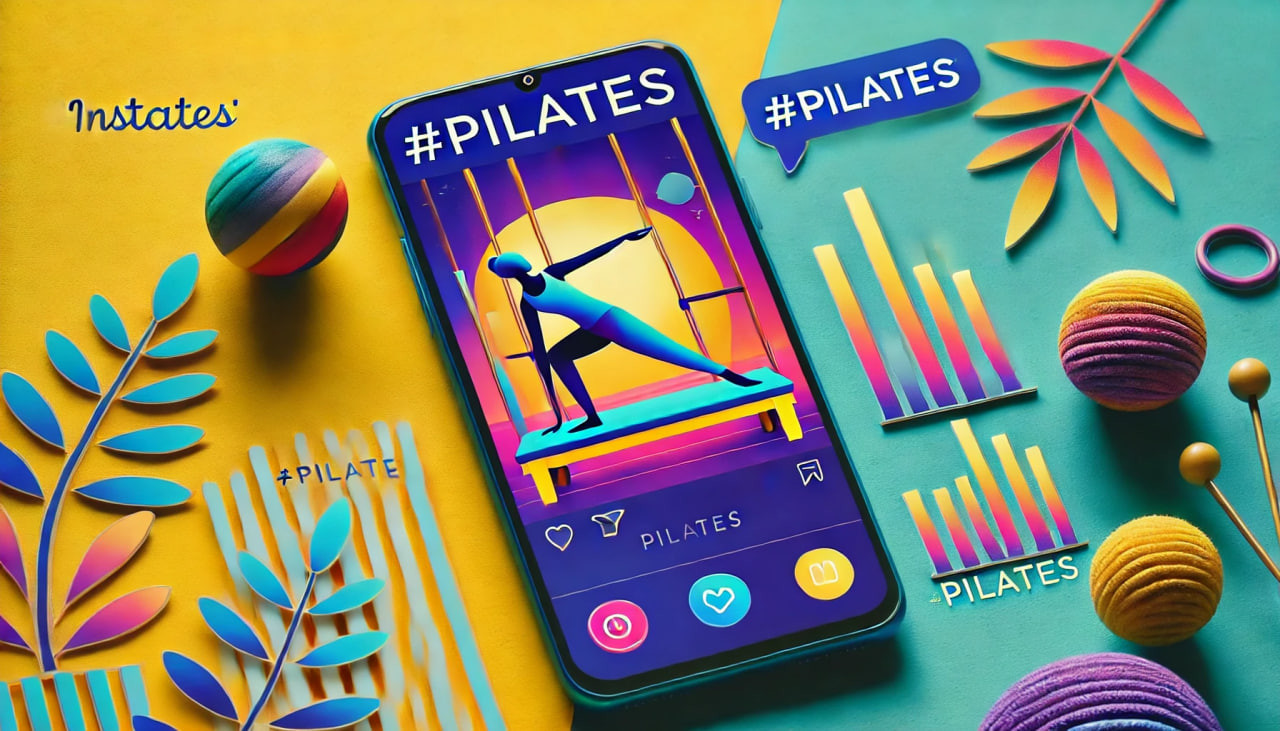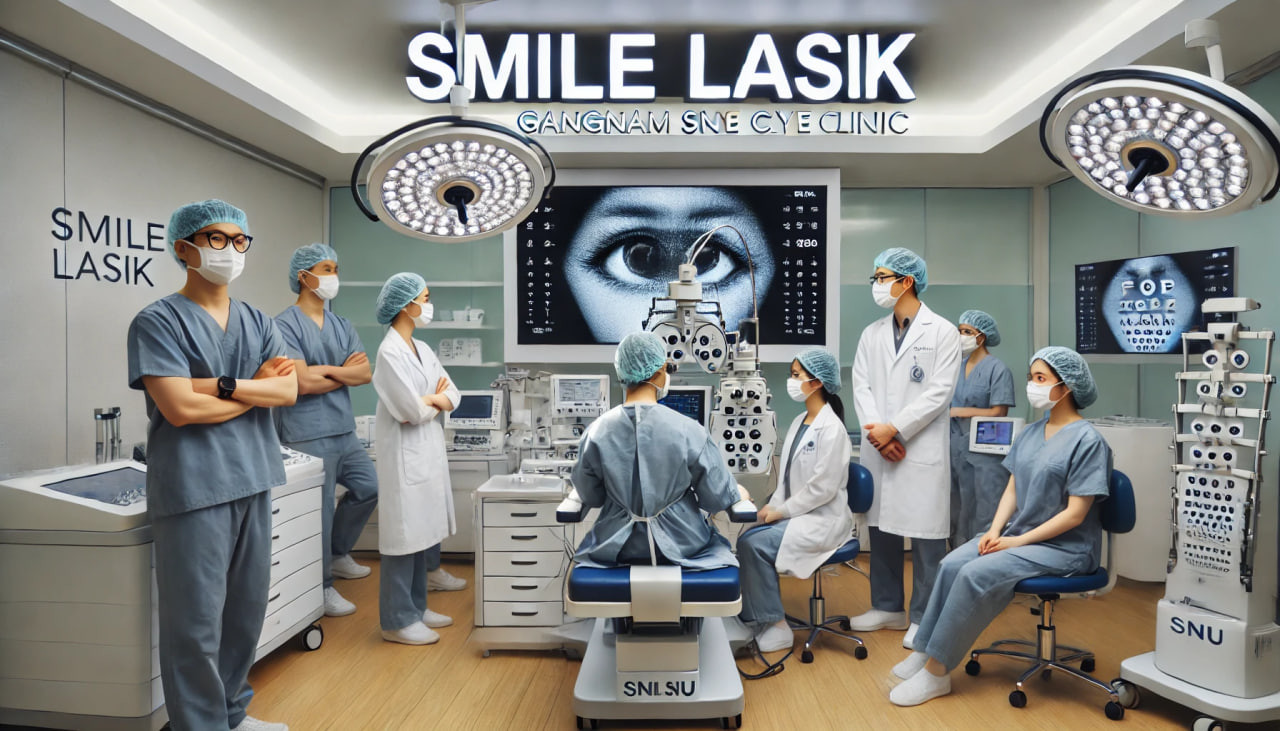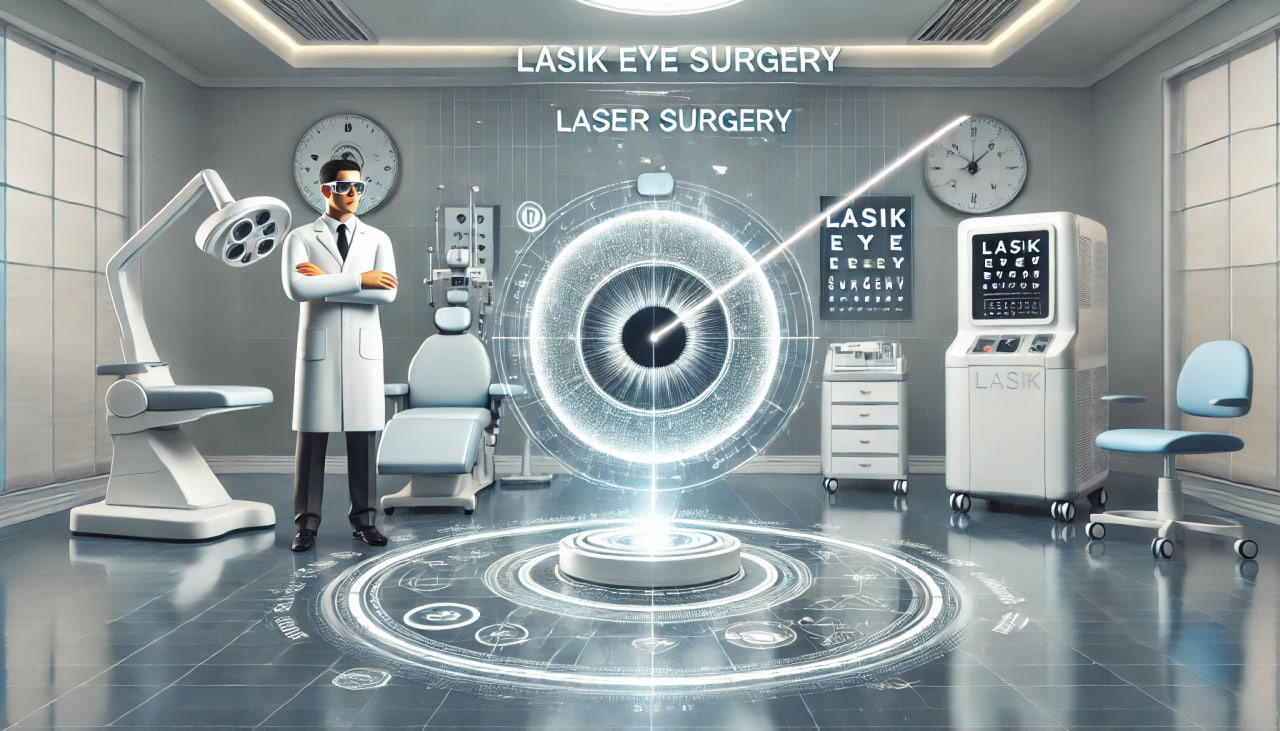In the fast-growing world of online poker, mobile Hold’em platforms have become a cornerstone for both casual players and seasoned poker enthusiasts. The convenience of joining a table, competing in real-time tournaments, and accessing bonuses from anywhere has changed how people experience Hold’em. As smartphones dominate digital entertainment, mobile Hold’em gaming communities have created environments that combine technology, trust, and excitement. Whether you’re exploring online Hold’em tournaments, free Hold’em games, or mobile Hold’em cash games, today’s digital poker ecosystem delivers seamless experiences optimized for every device.
The Rise of Mobile Hold’em Platforms in Korea
Online poker has seen a remarkable 온라인홀덤 surge across Korea, with Hold’em sites leading the charge in this entertainment revolution. Players who once relied on PC Hold’em or casino Hold’em now prefer mobile Hold’em due to its accessibility, user-friendly interfaces, and smooth gameplay. The evolution of mobile Hold’em cash games reflects a larger trend toward convenience without sacrificing the thrill of live poker action. Trusted sites such as Poker League, Point Hold’em, and Black Poker have optimized their systems for Android and iOS users, providing verified and safe environments for players to engage in real-time matches.
These platforms don’t just focus on gaming—they build communities. Through chat systems, interactive leaderboards, and reward-based events, players connect, compete, and learn from one another. The sense of belonging within mobile Hold’em communities turns what was once a solitary game into a dynamic social experience.
Why Trusted Mobile Hold’em Communities Matter
Finding reliable mobile Hold’em sites is crucial for maintaining fairness, security, and fun. Many private Hold’em sites have emerged, but only a few stand out for offering transparency and fair play. Verified Hold’em platforms like those featured on holdem-lounge.com ensure that all poker rooms operate under proper regulations, minimizing risks associated with unlicensed gaming. This emphasis on safety creates an environment where users can enjoy mobile Hold’em recommendations with complete confidence.
Additionally, modern Hold’em platforms employ advanced encryption and AI monitoring tools to prevent fraudulent activities. Players who join trusted online Hold’em rankings can rest assured that their transactions, strategies, and data remain protected. Beyond security, these communities promote integrity in gameplay—maintaining fair card dealing algorithms, transparent reward systems, and clear tournament structures.
Player Support and Exclusive Bonus Programs
One of the strongest advantages of mobile Hold’em gaming communities is the inclusion of responsive player support. Reliable Hold’em sites understand that poker players—especially beginners—often need guidance with deposits, withdrawals, or gameplay rules. Through 24/7 live chat or in-app support, users receive real-time assistance, which enhances their overall experience.
Bonuses, too, have become a defining feature. From sign-up incentives to loyalty rewards, players can enjoy extra value just for participating. For example, mobile Hold’em cash game platforms frequently offer welcome bonuses, rakeback deals, and referral incentives to encourage engagement. These promotional offers not only attract new members but also strengthen community ties. Players are more likely to stay loyal to sites that reward their consistency and dedication.
Mobile Optimization: The Backbone of Seamless Play
The quality of gameplay on mobile Hold’em sites depends on how well platforms are optimized for smartphones and tablets. Leading online Hold’em sites in Korea use responsive interfaces, minimal loading times, and adaptive graphics that maintain visual clarity even on smaller screens. Unlike traditional PC Hold’em platforms, these mobile sites allow users to play from anywhere—be it a commute, coffee break, or weekend getaway.
Advanced mobile Hold’em technology integrates features like quick-seat options, gesture-based controls, and instant tournament entries. This ease of access has made mobile Hold’em the preferred choice among new generations of poker players. Combined with trusted deposit methods and cross-device synchronization, mobile-optimized Hold’em sites redefine convenience in the poker industry.
Building Strong Poker Communities in a Digital Era
A true hallmark of modern mobile Hold’em platforms is their ability to foster genuine player communities. Through chat groups, private poker clubs, and ranked leaderboards, users not only compete but also collaborate. Some online Hold’em recommendations emphasize strategy-sharing forums where members discuss hand analyses, tournament structures, and effective bankroll management.
Such engagement extends beyond gameplay. These communities encourage responsible gaming, host charity tournaments, and create educational spaces for beginners learning Texas Hold’em online. By blending competition with camaraderie, mobile Hold’em platforms cultivate environments that appeal to both amateurs and professionals.
As mobile Hold’em continues to evolve, its communities will likely expand even further—driven by innovation, fair play, and shared passion. Whether you prefer online poker recommendations or exploring free Hold’em games to practice, these communities provide everything a player needs to grow their skills safely.







